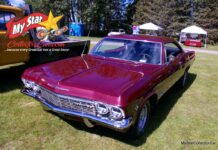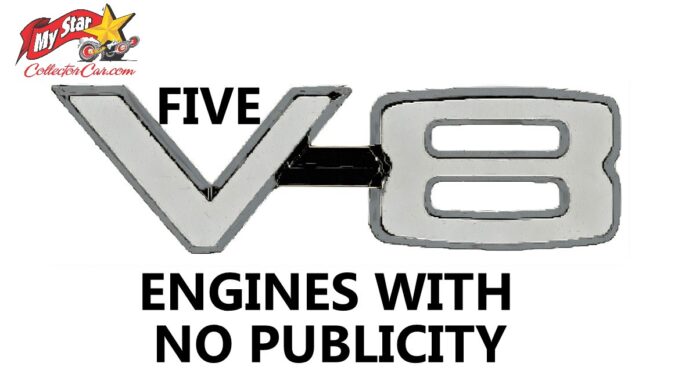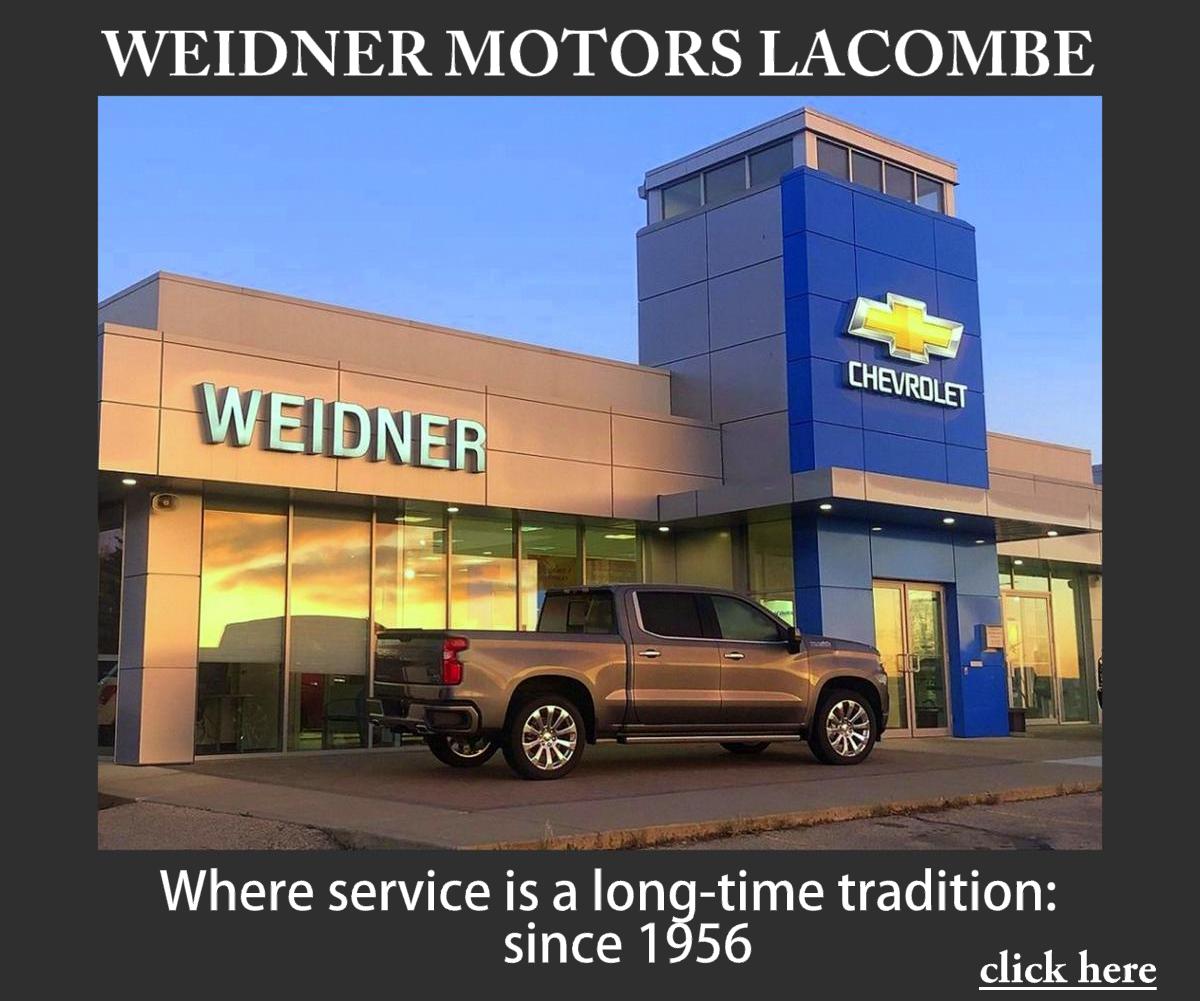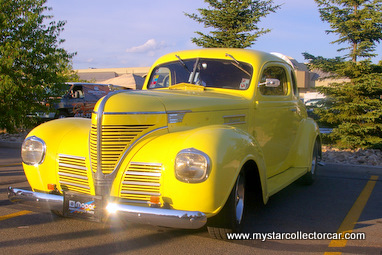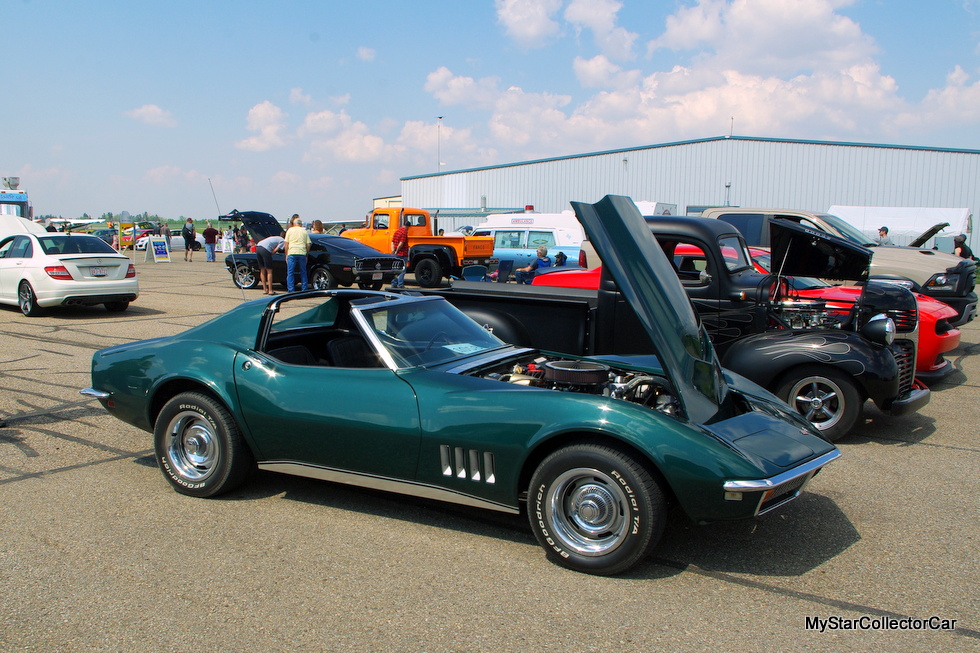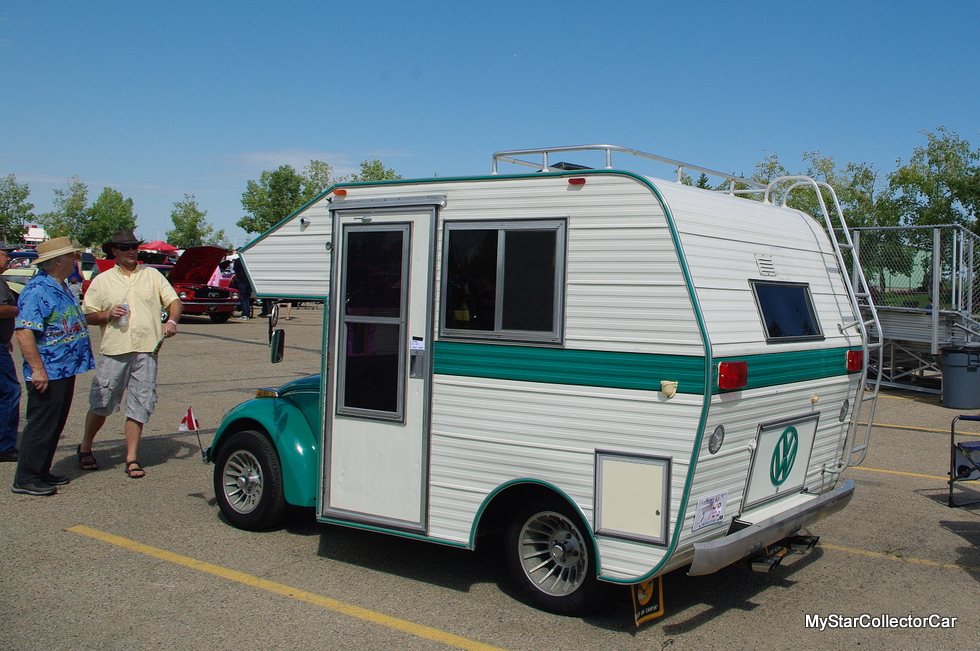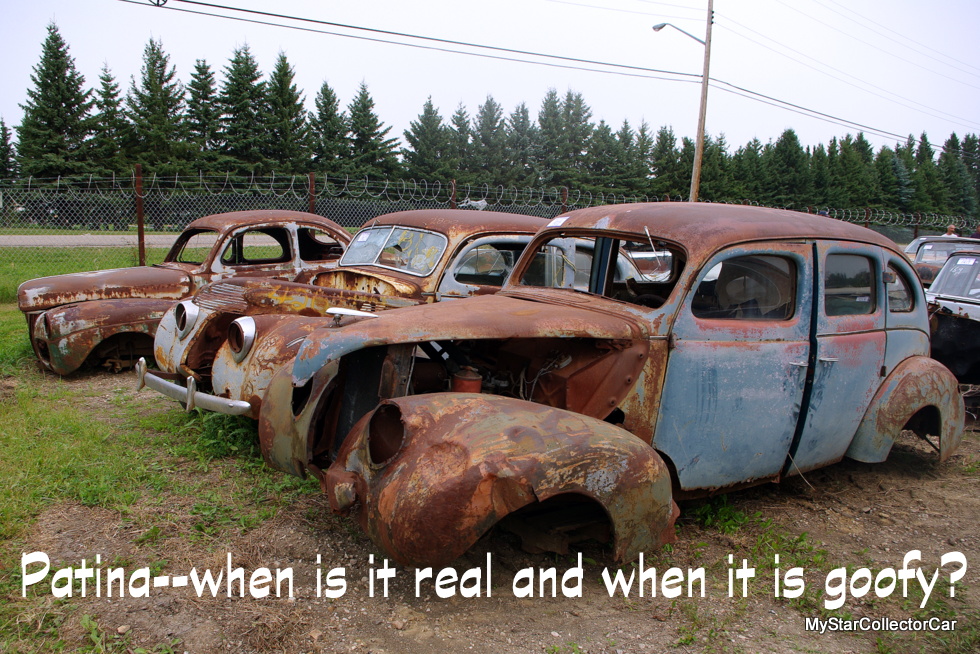Every car guy and some non-car guys know the most popular numbers for classic engines from the 50s and 60s.
Numbers like the 289 small block, 327 small block, 340 small block, 350 small block, 426 big block, 427 big block and 429 big block all ring a bell in the car hobby.
But what about the non-stars in the cubic-inches world?
Jerry Sutherland
Here’s a list of five classic engines that didn’t have a great press agent,
Start with the 325 Power Pack found in the 1957 DeSoto.
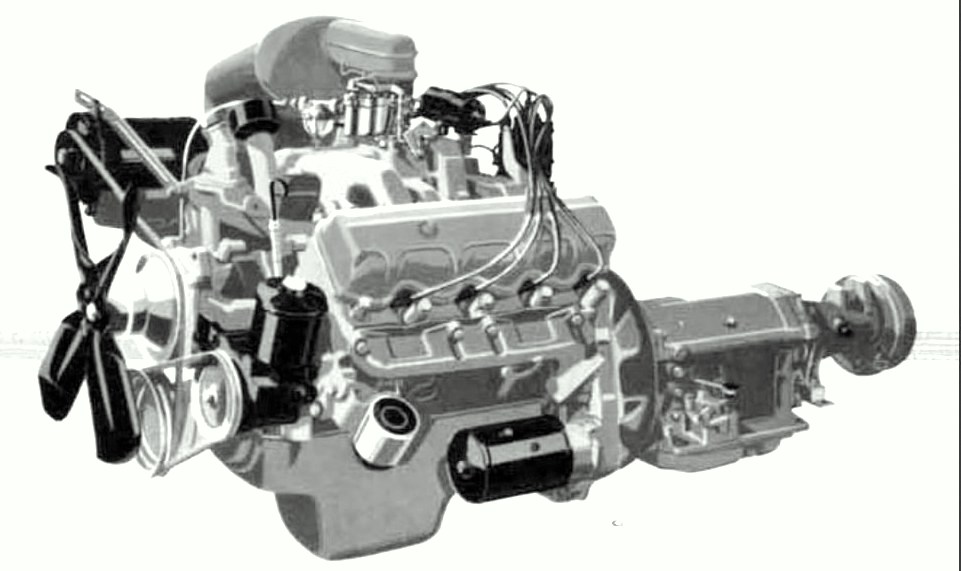
This poly (polyspherical combustion chamber) V-8 was built to offer a lower-cost engine to the mid-range DeSoto market. It was far cheaper than the optional Red Ram hemi and you could get 260 horsepower out of the four-barrel carb version. The 325 Power Pack wasn’t gaudy, but it put DeSoto on better footing in a competitive market.
Mercury had its own unsung hero in 1958 with the Mercury Marauder V-8.
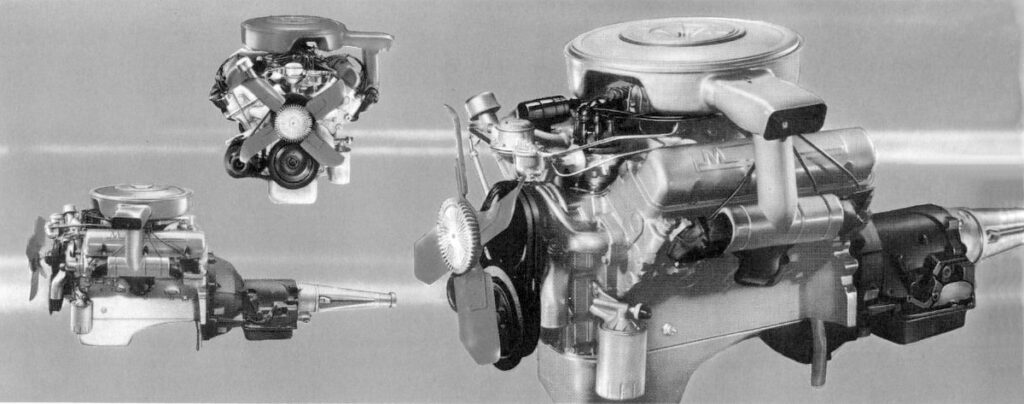
This was a smaller version of the MEL (Mercury-Edsel-Lincoln) engine lineup because Mercury was also a mid-range car, so a lower-priced engine made sense. The power ranged from 312 horsepower to 330 horsepower for the four-barrel 383. They were the first Big Three version of the 383 cubic inch V-8—but Mercs are barely remembered for it.

In ’58, Ford also had an iconic engine in the form of the 352 cubic inch Interceptor V-8 with flattop pistons, solid lifters, adjustable rocker arms and 300 horsepower. That number put Ford at a very competitive level in 1958.

There is some confusion that these were Police Interceptor engines—they were officially called ‘Interceptor’, but police agencies used them in their ’57 Ford police cars. It’s a chicken-and-egg thing, but any Ford buyer could buy a 352 Interceptor with no questions asked—police or not police. Police Interceptor just sounded cooler.
Buick introduced its 215-cubic-inch aluminum V-8 in 1961. This was the dawn of the economy car and Buick—along with Pontiac and Olds wanted a car to take on the pesky Volkswagen Beetle.

GM built over 750,000 of these lightweight V-8s and the Buick and Olds versions were slightly different in valve trains and valve covers. These engines were expensive to build and had a high rejection rate during production, so they exited fast when the thin-walled next-gen V8 surfaced at GM. The 215 aluminum V-8 lived on foe many years in Britain under the hood of Rovers and other higher-end cars. It had a much longer lifespan over the pond.
The final entry in the get-no-respect V-8 category is the Pontiac 326 from 1963-67. These were designed to be a lower-end V-8 option for the Tempest and lived on long enough to be an option on other Ponchos like the Firebird and LeMans.

They had decent power with 250-horsepower for the two-barrel 326, 260 for the four-barrel version and a very respectable 280-horsepower for the HO option.
Five cool engines with far less publicity than the legendary V-8s—they deserved more.
Jerry Sutherland
By: Jerry Sutherland
Jerry Sutherland is a veteran automotive writer with a primary focus on the collector car hobby. His work has been published in many outlets and publications, including the National Post, Calgary Herald, Edmonton Journal, Ottawa Citizen, Montreal Gazette, Saskatoon StarPhoenix, Regina Leader-Post, Vancouver Sun and The Truth About Cars. He is also a regular contributor to Auto Roundup Publications.
- CLICK HERE TO SIGN UP FOR THE NEWSLETTER
- CLICK HERE to Like us on Facebook
- CLICK HERE to Follow us on Twitter
- CLICK HERE to Follow us on Pinterest












